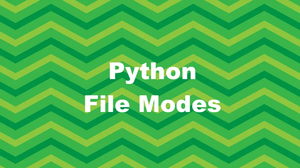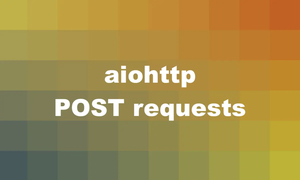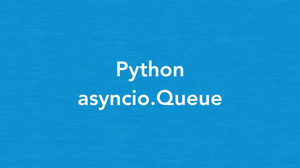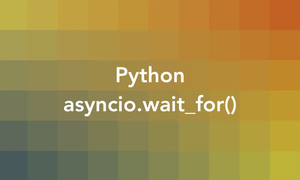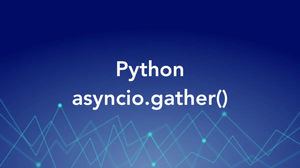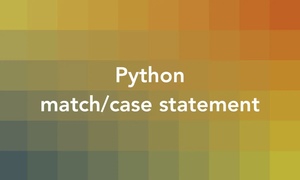Automated trading bots have become pivotal tools in the modern trading environment, providing speed, precision, and the ability to execute complex strategies without human intervention. Integrating reliable data feeds into these bots is crucial for accurate operation. In this article, we'll explore how to integrate cryptofeed, a popular cryptocurrency data feed library, into your automated trading bots.
What is Cryptofeed?
Cryptofeed is an open-source library designed to aggregate cryptocurrency data in real-time from multiple exchanges. It supports a variety of data types, including trade data, order book data, and ticker data, making it a powerful tool for traders and developers.
Why Use Cryptofeed?
- Real-time Data: Provides real-time updates on trades, order books, and other market data.
- Multi-Exchange Support: Access data from numerous exchanges like Binance, Coinbase, Kraken, and more.
- Flexibility: Easily extendable to suit the specific needs of your trading strategy.
Setting Up Cryptofeed
Before integrating cryptofeed, ensure you have Python installed on your system. Cryptofeed is a Python-based library, making it necessary to have a compatible environment. Here’s how you can set it up:
# Install cryptofeed using pip
pip install cryptofeedNext, verify the installation by importing cryptofeed in a Python shell:
import cryptofeed
print(cryptofeed.__version__)With cryptofeed installed, you’re ready to proceed with integration into your automated trading bot.
Basic Integration
To integrate cryptofeed into your bot, you first need to configure which exchanges and data streams you wish to connect to. Here’s a simple example:
from cryptofeed import FeedHandler
from cryptofeed.exchanges import Binance
from cryptofeed.defines import TRADES
# Define a callback function to process incoming trade data
def trade(data, receipt_timestamp):
print(f"Trade: {data} Receipt Time: {receipt_timestamp}")
# Initialize the feed handler
fh = FeedHandler()
# Add a feed
fh.add_feed(Binance(channels=[TRADES], pairs=["BTC-USDT"], callbacks={TRADES: trade}))
# Start the feed handler to begin receiving data
fh.run()In this example, the bot is configured to connect to Binance and receive trade data for the BTC/USDT pair. The trade() function is a callback that processes the data as it streams in.
Advanced Integration
Beyond simple data feeds, cryptofeed offers advanced integrations like combining multiple data streams and handling disconnections gracefully. Consider this more complex example:
from cryptofeed import FeedHandler
from cryptofeed.exchanges import Coinbase, Kraken
from cryptofeed.defines import TICKER, ORDER_INFO
fh = FeedHandler()
def handle_ticker(data, receipt_timestamp):
print(f"Ticker Update: {data}")
def handle_order_info(data, receipt_timestamp):
print(f"Order Info: {data}")
# Add feeds for two different exchanges
fh.add_feed(Coinbase(channels=[TICKER], pairs=["ETH-USD"], callbacks={TICKER: handle_ticker}))
fh.add_feed(Kraken(channels=[ORDER_INFO], pairs=["BTC-USD"], callbacks={ORDER_INFO: handle_order_info}))
fh.run()Here, we're simultaneously streaming ticker and order information from Coinbase and Kraken respectively, allowing your bot to have a broader market perspective.
Handling Errors and Disconnections
Handling disconnections is essential for maintaining an effective trading bot. Cryptofeed provides mechanisms to handle exceptions and retry connections automatically, ensuring that your bot maintains its connection even if unexpected network issues occur.
Logging and Error Handling: Enable logging to monitor your feed handling process and catch exceptions as follows:
import logging
logging.basicConfig(level=logging.INFO)
fh = FeedHandler(log=True)
# Add more feeds or adjustments as neededHaving a robust error-handling setup will improve your bot’s reliability and effectiveness.
Conclusion
Integrating cryptofeed into your automated trading bot provides powerful, real-time data that can enhance your trading strategies. By following this guide, you have taken the first steps in leveraging this in your trading automation. Experiment with additional features such as custom callbacks and multi-exchange support to tailor the system to your requirements.

